What's New
Displaying results 3111 - 3120 of 4052
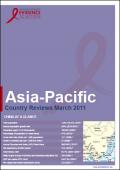
Resource | Reviews and Snapshots,
HIV was first identified in an American tourist in 1985 and the first epidemic of HIV infections was detected among drug users in the border regions of China in 1989. china is experiencing a low-prevalence epidemic, although some key regions are experiencing high prevalence epidemics.
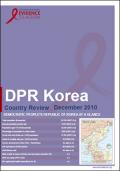
Resource | Reviews and Snapshots,
As of 2007, the Democratic's Republic of Korea (DPRK) had an estimated population of 24 million, of which 24% are young people aged 10-24 years. Very little data on HIV prevalence and incidence is available.
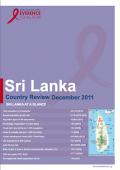
Resource | Reviews and Snapshots,
Sri Lanka - one of the few countries in the Asia Pacific region with a low-level epidemic - had an estimated adult HIV prevalence of less than 0.1% in 2009. The first case of HIV was detected in 1987, and it has been estimated that 2,800 people were living with HIV in 2009, up from 1,300 in 2001.
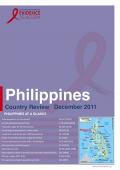
Resource | Reviews and Snapshots,
The first HIV case in the Philippines was detected in 1984. By the end of 2010, 6,015 individuals reported to the Philippines HIV and AIDS Registry, with more than one-fourth of all new infections being detected in 2010.

Resource | Reviews and Snapshots,
Myanmar detected its first case of HIV in 1988 and is still experiencing a concentrated HIV epidemic. Surveillance data and epidemiological models suggest a decreasing trend in HIV prevalence in the general population aged 15-49 from 0.8% in 2001 to 0.6% in 2009 – still the third highest among countries in the South-East Asian Region. The estimated number of people living with HIV in 2009 was 240,000 [160,000 – 320,000].
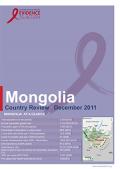
Resource | Reviews and Snapshots,
The first case of HIV infection in Mongolia was detected in 1992. While it has remained a low prevalence country with the number of adults and children living with HIV estimated to be less than 500, the number has been increasing with 92% of all cases reported in the last five years, a cumulative of 62 reported HIV cases.
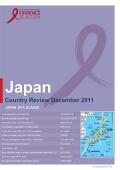
Resource | Reviews and Snapshots,
As of 2009, there were an estimated 8,100 [6,300 - 10,000] people living with HIV and AIDS in Japan with around the third - 2,700 - comprised of women. The number of people living with HIV (PLHIV) since 1996 has continued to steadily rise with 1,075 reported new cases of HIV and 469 new cases of AIDS reported in 2010.
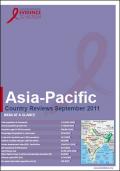
Resource | Reviews and Snapshots,
The first cases of HIV were diagnosed among sex workers in Chennai in 1986. Since then, the country has evolved from a "low" to "concentrated" epidemic; the national HIV prevalence has steadily grown, not only among key affected populations such as men who have sex with men (MSM), sex workers and injecting drug users (IDUs), but also spreading into the general population in several states.
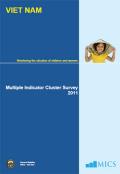
Resource | Publications,
The Viet Nam Multiple Indicator Cluster Survey (MICS 2011) was conducted from December 2010 to January 2011 by the General Statistics Office of Viet Nam, in collaboration with the Ministry of Health (MOH) and the Ministry of Labour, Invalids and Social Affairs (MOLISA). Financial and technical support for the survey was provided by the United Nations Children’s Fund (UNICEF) and financial support was provided by the United Nations Population Fund (UNFPA) in Viet Nam.
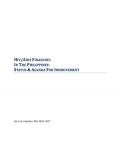
Resource | Publications,
The Philippines, while seemingly fortunate in thus far being able to avert a full-blown HIV/AIDS epidemic, remains at risk for this potentially disastrous possibility. On both the policy and program fronts, strategic areas have been identified to better focus the various sector-specific prevention and control activities. Nonetheless, if recent and current financing and allocation patterns are any measure, the reality may be far from the drawing board ideal. The current HIV/AIDS financing backbone will thus have to be streamlined and made more efficient and effective.





